
Plantar fascia tear is a rather painful rupture of the plantar fascia, the largest ligament in the foot. The pain caused by plantar fascia tear is quite similar to the pain caused by plantar fasciitis, an irritation and swelling of the plantar fascia. The very tear of the fascia features with arch and heel pain as well as swelling or bruising of the bottom of the foot. Causes of Plantar Fascia Tear
In majority of cases the tear results from excess of stress and straining which lasts for a longer period of time. People with foot abnormalities, obese people and those who wear ill-fitting shoes are more susceptible to this type of injury. Plantar fascia tear is also frequent among athletes particularly those engaged in sports such as running or sprinting. The rupture of the fascia may also occur due to a sharp blow to the bottom of the foot (jumping or falling from a height). And finally, people who have recently been treated with steroids (prednisone) or fluoroquinolone antibiotics are at an increased risk of plantar fascia tear.Clinical Characteristics of Plantar Fascia Tear
Pain and swelling of the bottom of the foot are two main characteristics of plantar fascia tear. The pain is unbearable in the morning and then gradually reduces. Any kind of strenuous activity intensifies the pain. It is generally localized on the heel and the arch of the foot. Bruising is another sign of plantar fascia tear and in some cases there may be a tender spot or even a lump between the arch and the heel.
Treatment for Plantar Fascia Tear
In order to confirm plantar fascia tear the doctor first takes medical history and performs a physical examination. X ray of the foot excludes or confirms additional damage such as fracture of bones. Some patients undergo ultrasound or MRI which allow for proper evaluation of the plantar fascia.
The injured foot must be properly immobilized with a cast or a walking boot. Crutches can be of additional help. All the activities that cause more pain must be suspended for a certain period of time. In case the pain becomes unbearable patients are prescribed with anti-inflammatory drugs or cortisone injections. Still, cortisone injections are not always recommended because they may delay healing. Foot stability is achieved with the assistance of shoe inserts and during night one may use splints. Splints keep the heel in the stretched position.
Physical therapy is another essential part of recovery. It basically includes muscle stimulation with ultrasound and gentle stretching exercises. One more goal of physical therapy is to strengthen the muscles of the foot and restore foot's flexibility. The entire recovery lasts approximately 7-12 weeks.


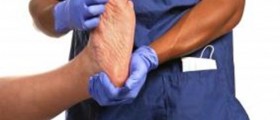
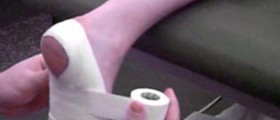
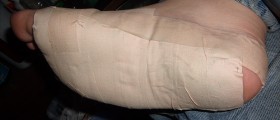
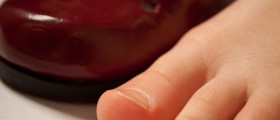
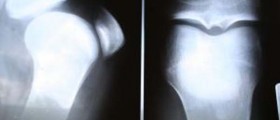
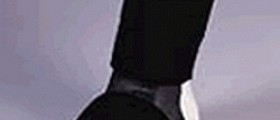
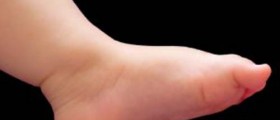


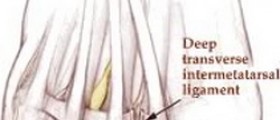
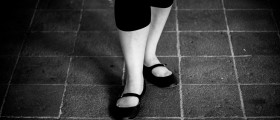
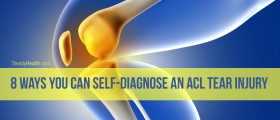

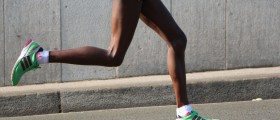
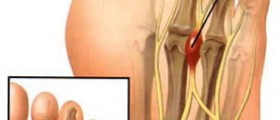
Your thoughts on this
Loading...